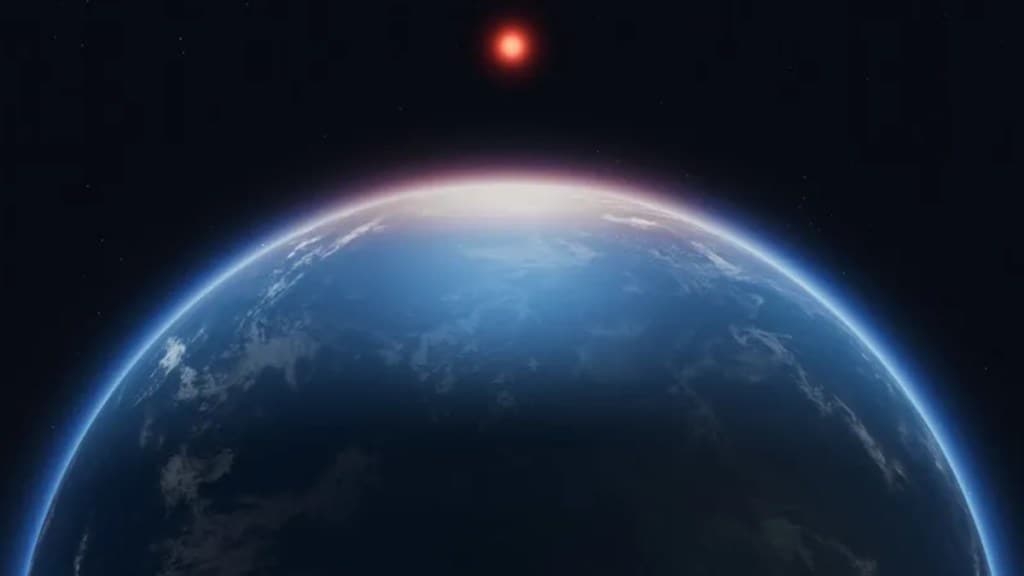The final ‘planet parade’ of 2025 will become visible in the early morning sky this weekend — featuring Jupiter, Venus, Mercury, Saturn, and the moon. Uranus and Neptune will also be part of the alignment but remain invisible to the naked eye during this time. The fairly rare phenomenon will remain visible till August 20 from various parts of the world — believed to be the last time this occurs until 2028.
The rare alignment will be visible for early risers over the next few days — with Venus and Jupiter shining close to each other due east. Mercury will gradually become visible beneath them as sunrise draws closer, while Saturn sits high in the south. Astronomy enthusiasts will require a good telescope to catch of the final planets in the lineup as Neptune and Uranus will remain too dim and distant for us too see.
Mars will be visible “in the west for about an hour after the sky starts to darken” — the only planet that is not part of this early morning ‘parade’ in August. NASA said recently that it can be seen low in the west after sunset and appears ‘about as bright as the brightest stars in the Big Dipper’.
Jupiter-Venus morning meetup
According to a sky watching update released by NASA at the beginning of August, Jupiter and Venus will shine brightly in the mornings after appearing to ‘graze each other’ earlier this week. The two planets will be seen glowing in the east before sunrise throughout the month. NASA also said that Saturn was now rising earlier in the night — visible in the “east after dark with the constellations Cassiopeia and Andromeda”.
“The pair begin the month farther apart, but quickly approach each other in the sky. They appear at their closest on August 11 and 12 — only about a degree apart. Their rendezvous happens against a backdrop of bright stars, including Orion, Taurus, Gemini, and Sirius. A slim crescent Moon joins the pair of planets after they separate again, on the mornings of August 19 and 20…The Ringed Planet makes its way over to the western part of the sky by dawn, where early risers will find it on August mornings,” the NASA website explained.
When and where to watch?
The rare phenomenon will be visible for about five days starting from this weekend. Details shared by NASA indicate that Mercury will ‘pop up above the horizon’ and appear very low in the sky while Venus will shine brightly in the east every morning before sunrise. Jupiter will also be visible at the same time but appear significantly less bright. Meanwhile Saturn will be rising rising by late evening and appear high in the sough as sunrise approaches.

